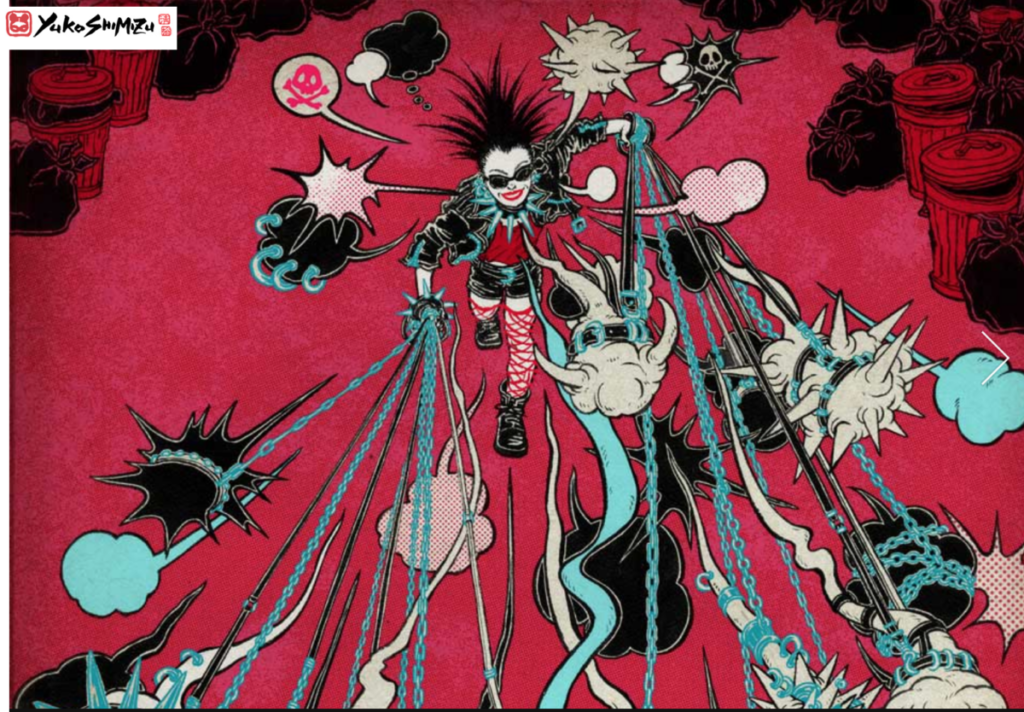Tight sketches/Sketch revisions
- After receiving feedback from your class critique revise your sketches. Do any additional research needed and make any compositional changes that are necessary. These will be your tight sketches or what we call final sketches. Choose your best 6-10 spot sketches to present.
- Next week we will review these. After approval, we will take them from sketch to final.
Post to Openlab:
GO TO: CLASS SITE
DASHBOARD > POSTS > ADD NEW >
Assignment 1, Part 3 Write a post and upload sketchbook pages.
Choose CATEGORY (bottom right side): Assignment 1 Week 3
Tag week 3
———————————————————————————————–
Are you ahead?
Are your sketches ready now and you don’t have changes? I suggest getting a head start on inking for finals. Take one of your spot illustrations. your most simple one. Lightly trace in pencil or work on a light table and use different inking techniques we explored in class on your bristol paper/drawing paper. Will you be using color or shading?
Compare which inking style you will want to use on all your spot drawings. Let’s take a look next week before doing all your finals.





Recent Comments